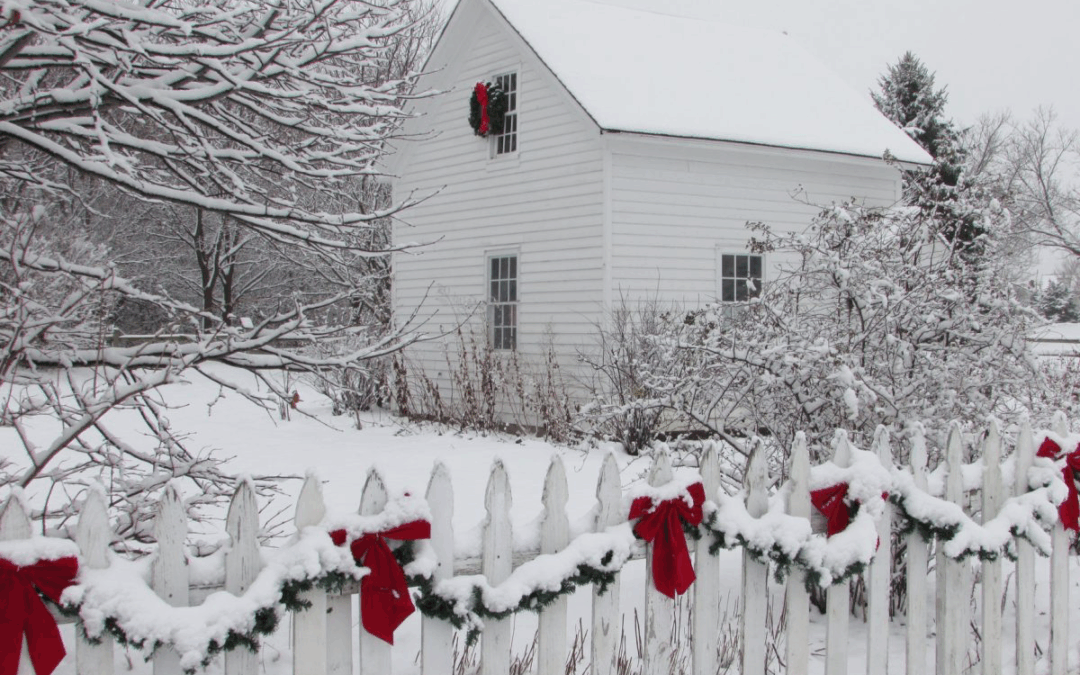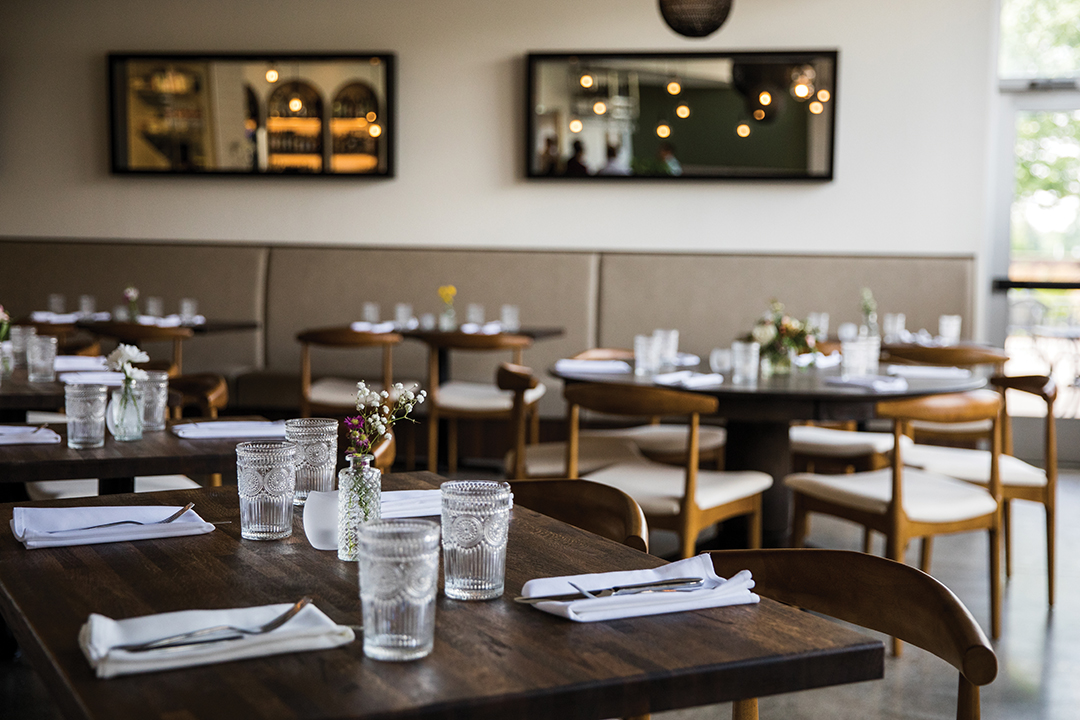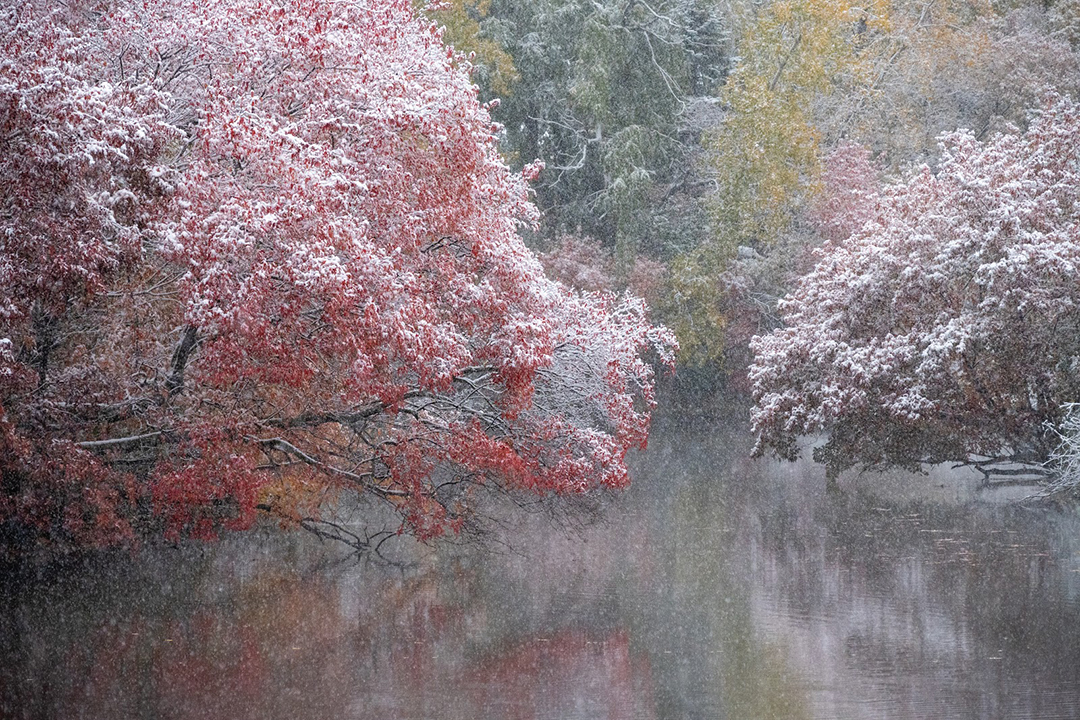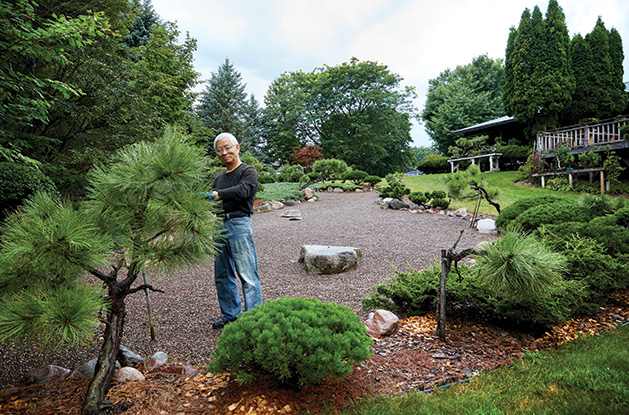
Takuzo Ishida in his garden. Photos: Tate Carlson
Woodbury neighbors bring Japanese-style gardening to their Minnesota backyards.
Woodbury residents Takuzo Ishida and Steve Shor have what many Minnesotan homes do not: Japanese gardens.
“The culture of bonsai is an ancient Japanese art,” Ishida says. “I began to grow bonsai when I was living in Japan in my 20s around 1970, and their cultivation has been my joy for almost 50 years now.” Bonsai uses cultivation techniques to grow small trees that mimic the shape and scale of full trees—sort of miniature versions of beautiful ornamental trees.
While bonsai cultivation and Japanese gardening are now large parts of Ishida’s life, he didn’t do very much gardening when he first moved to Minnesota from Japan. In the late 1990s, he realized that he wanted to take his interest and turn it into the hobby it has now become.
The history of Japanese gardening goes back centuries, so styles have certainly changed during that time, with lots of different approaches. Ishida’s garden is based on the Nara and Heian styles of gardening, which were styles popular in Japan during the eighth and 12th centuries. “[The styles] look more natural and reflect wild nature without artificial materials,” Ishida explains.
And Ishida’s Woodbury garden has come a long way from when he first started—partly because he was able to creatively adapt it to the climate. “When we moved to Minnesota, I had a hard time growing Japanese native trees without using a greenhouse, because of harsh Minnesota winters,” he says. “I resolved this problem by using hardy American native trees, particularly conifers such as junipers, pines and spruces from the mountains of South Dakota, Wyoming and Colorado.”
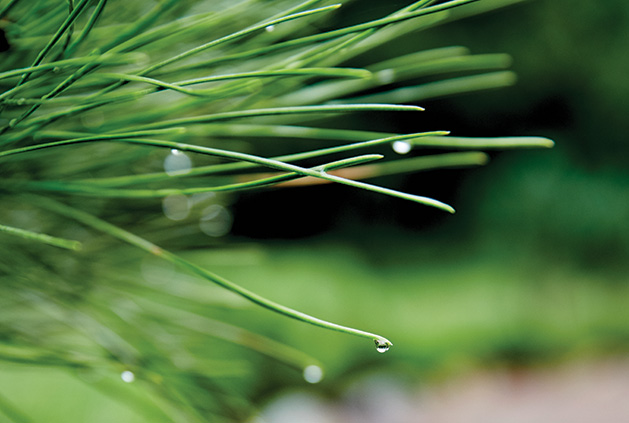
Now, Ishida has about 130 landscaping trees in his Japanese garden. But the staple of his garden is still the bonsai. “I have about forty bonsai trees,” he explains. “Some of them are still young, about 20 to 30 years old, and some are very old, about 300 to 400 years old.”
Japanese gardening is a hobby Ishida shares with his neighbor, Steve Shor. But in a wonderful coincidence, they started gardening independently and didn’t realize they shared the hobby until much later. The two worked together many years ago, and got to know each other. Then, Shor says, he learned that Ishida had a Japanese garden, too.
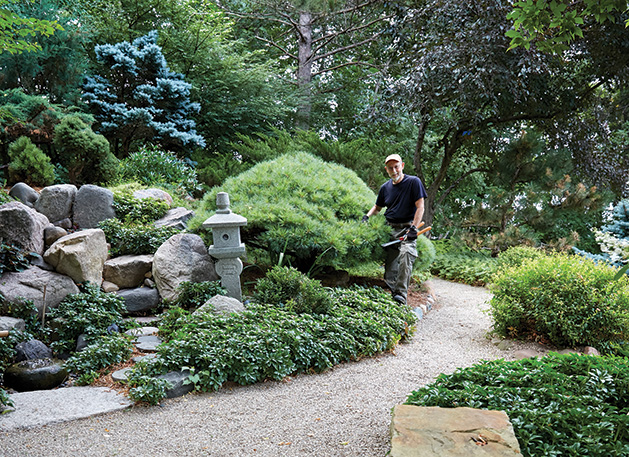
Steve Shor in his garden.
“My first exposure to a Japanese-style garden was when I was in my early 20s and visited the Huntington Gardens in Los Angeles,” Shor says. “I was very impressed by their use of rocks, water features and sculpted trees.”
The style stayed with Shor. Locally, he would frequent the Minnesota Landscape Arboretum and Como Conservatory to look at their Japanese gardens. But when a friend of his started taking classes on how to shape and care for bonsai trees, Shor’s interest was able to take shape as he tried his hand at Japanese gardening for the first time.
When Shor’s family moved to Woodbury in 1990, he was faced with all the possibilities of having a garden. But shortly after Shor retired and took a trip to China and Japan, he realized it was time to bring his idea to life. “It was not until 2014 that I decided to hire a landscape firm to re-grade my existing garden into a shape suitable for what is called a Japanese stroll garden,” Shor says.
The process was lengthy but “fascinating,” according to Shor. “All of the existing boulders I had were moved down from the terraces to the bottom flat area. Most of my existing shrubs were removed and stored on the side.” After the yard had been cleared, Shor was able to go forward placing his boulders. “It is a good thing I was not paying by the hour, because some days only three boulders were placed,” he jokes.
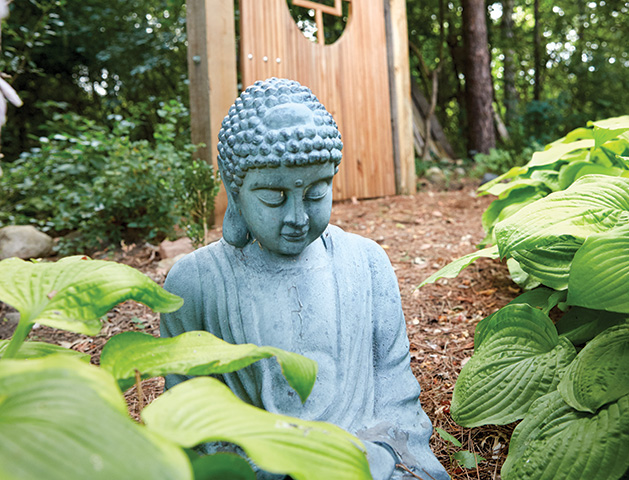
The boulders’ placement was so crucial because the rocks are “one of the most important aspects” of a Japanese stroll garden, according to Shor. “This took over a month to complete.”
Once the stones were in place, the rest of the project moved along more quickly. “The stroll path was made, and all my old shrubs and perennials were dug in,” he says.
“Now four years into my project, I can tell you that it takes a lot of work to maintain a Japanese garden,” Shor says. “The shrubs need constant pruning and plants that get too large must be divided. There seems to be constant weeding, and every several days I need to blow debris off the stroll path.”
Although the garden takes lots of maintenance, Shor never regrets beginning his project. “Even though it takes almost daily attention, this is also my favorite part. I just love to be out in the garden working on whatever needs to be attended to.”
The work might seem overwhelming, but Shor believes that he receives a tremendous reward in caring for his garden. “My favorite part … is getting to work in it and walk around it and to look at it from the deck or inside our house,” he says. “I have one prize dwarf white pine that is now about 70 years old, and it just makes me feel good that it is healthy and seems to appreciate my care for it.”
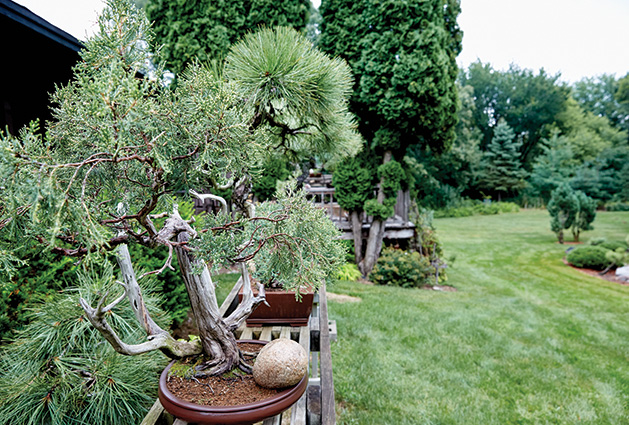
Even when the work pays off, a Japanese garden does come with many challenges. After cold Minnesota winters, “winter damage is common and often shrubs must be replaced,” Shor says. “The rabbits and deer are constant nuisances and can often wipe out some plants that [I] have been tending to for years … But in the end, I find relaxation and fulfillment in my garden and feel very privileged to be able to do this.”
Shor and Ishida agree that their bond over Japanese gardens has helped their friendship to, well, grow. “Takuzo’s knowledge of shaping trees is truly amazing,” Shor says. “He has helped me with advice on a number of aspects of shaping trees.”
“Steve is working on his garden so hard and is really enjoying it very much,” Ishida says. “I think that gardening is a combination of botany and art. It requires both talents. I know that Steve is an excellent scientist and photographer.” He calls Shor’s garden “outstanding.”



